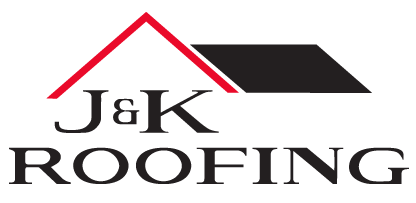Top 6 Reasons Your Roofer May Use Drones for an Inspection
In the last decade, drones have evolved from their use in military tactics into a much more accessible piece of technology with a vast array of applications. In the roofing industry, drones are simplifying the inspection process.
Drones mean less time spent in risky situations, fewer tools, and a faster process overall. Read on to see specifically how drones are streamlining the inspection process, and why your roofer may suggest you use them for your inspection.
1. Safer
Perhaps the most important reason for using drones during an inspection is to mitigate the risk of injury for the roofer by promoting fall prevention. There is always an inherent risk whenever an inspector has to climb onto a high roof; this risk is further compounded if there is damage to the roof causing structural instability.
Using a drone minimizes this risk, while still allowing inspectors to see a roof in great detail. Although the damage may ultimately need to be examined manually, drones are still valuable in reducing time spent in precarious environments.
2. Faster
Manually inspecting a roof, complete with measurements and documentation, takes a fair amount of time; and in the case of an insurance claim, adjusters may require several inspections during the repairs process.
Drones can complete this task in as little as 10 minutes, without the need for transporting and assembling heavy equipment. This efficiency allows roofers to perform more inspections more frequently. It also allows for the claims process to progress more quickly.
3. Storm Damage Accessibility
Drones can be particularly useful following a catastrophic event, such as a flood, fire, tornado, or hailstorm. Damage and debris resulting from such events can make a manual inspection dangerous or even impossible.
When drastic repairs are needed, time is of the essence, and a quick and accurate assessment by drones can safely speed up the process.
4. Smaller
The small size and maneuverability of drones allow them to inspect areas that may be otherwise inaccessible to human inspectors. They are also able to take the place of the roofer in the event that the roof is unsafe to walk on due to excessive damage or a steep slope.
5. More Accurate
Drones can fly close to structures, making the inspection of roofs with complicated designs and hard-to-reach areas more efficient and accurate. They are also helpful in locating standing water on the roof, which can cause leaks.
A drone can even spot areas of air exfiltration: places where air from inside is seeping out of your home.
Additional technology boosts drones’ capabilities even further. Drones can be synced to a cloud-based server with data uploaded automatically. This means less room for human error, greater consistency, and 24/7 access to project data and imagery.
This allows roofers to generate highly sophisticated reports in a relatively short amount of time.
6. Contact-Free
In the wake of COVID-19, the ability to complete tasks with as little contact as possible has become indispensable. Drones are one means of accomplishing this. The entire process of inspection can be done virtually, from drone inspection to data analysis to electronic signatures.
J&K Roofing offers free roof inspections in the Denver Metro, Front Range, Colorado Springs, and Northern Colorado regions. We are well-versed in the drone inspection process and continue to prioritize the safety of our customers and roofers.
Call us today to see how we can help you get ready for your next roofing project.

